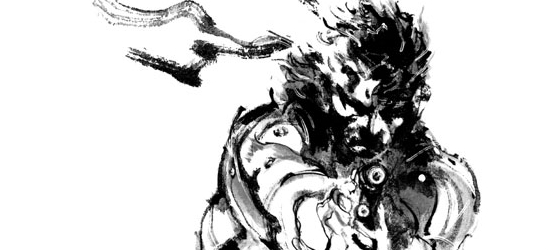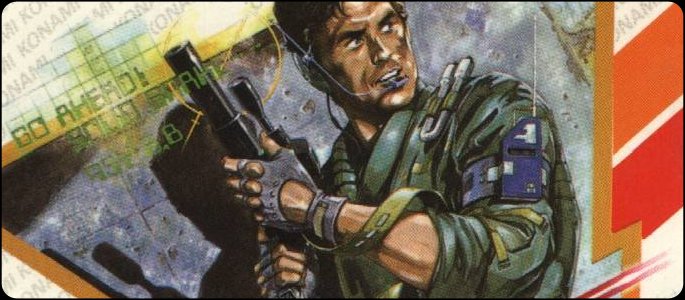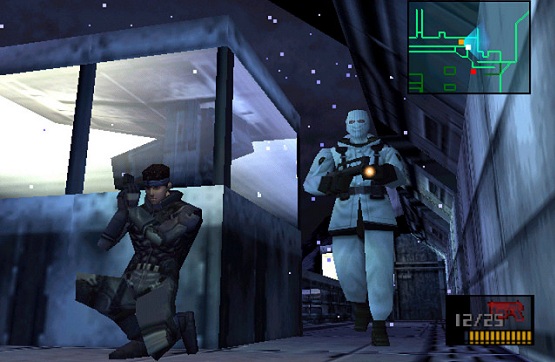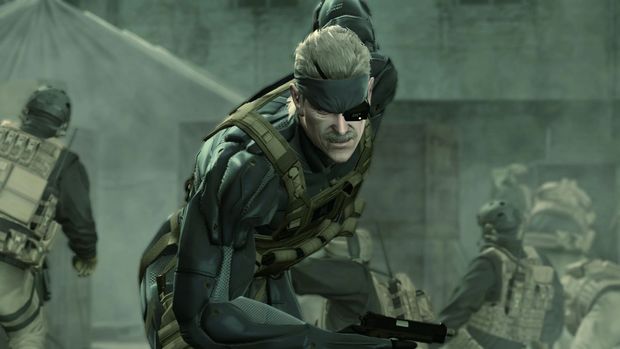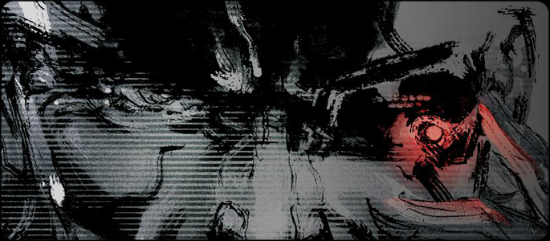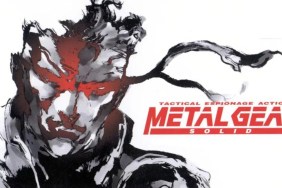Old Snake. Iroquois Pliskin. David Doe. Solid Snake. Whichever alias you’re most familiar with, few video game characters can hold a candle to Hideo Kojima’s indelible FOXHOUND mercenary. Yes, Big Boss may have birthed a legacy — quite literally, via the Les Enfant Terribles cloning program — but it’s Solid Snake who stands as the undisputed hero of Konami’s Metal Gear Solid franchise.
First donning the military garb in 1987 for Metal Gear, Snake’s formative years had Kojima et al. introduce him as an action pastiche, where his character design acted as an amalgamation of the genre’s greats and, in particular, Kurt Russell’s hard-boiled protagonist in Escape from New York.
This is Snake
Hamstrung by the hardware of its era, Snake’s venture into the fortified stronghold of Outer Heaven proved to be somewhat of a mixed bag; a timely, yet heavy-handed story coupled with awkward gameplay, Metal Gear was the equivalent of Konami’s first pancake. Understandable, of course, considering the MSX/2 console that hosted the game boasted a near-infinitesimal amount of memory by today’s standards.
Mind you, the retro title seeded many of the tropes that have since become synonymous with the series – key cards, “!”, codec calls – with the company further exploring said conventions through Metal Gear 2: Solid Snake three years later.
Above all, Konami’s clandestine sequel harbored the first signs of the titular agent breaking free from the shackles of what had come before to become his own, bonafide action hero. And it wasn’t until ’97 that his reputation as one of gaming’s greatest characters began to take shape.
For Solid Snake, Metal Gear Solid was the turning point. A stealthy synthesis of the franchise’s most prominent elements, it was ahead of its time in every which way; the story, voice acting and cinematic tendencies all created an unparalleled piece of entertainment within a medium that was still teetering on the edge of cultural acceptance. MGS’ impact cannot be overstated.
Metal…Gear?!
Often imitated, never duplicated — well, save for Twin Snakes on GameCube — it proved to be an intriguing tale on both sides of the pixels, but at its crux was the real, unfettered Snake. Brought to life effortlessly by the gravelly drawl of one David Hayter, it wasn’t before the grizzled protagonist infiltrated our hearts undetected.
Brother to Liquid and Solidus, Snake is a super-solider with a palpable vulnerability. The loneliest of lone wolves. An expert in CQC (close-quarters combat) and the deft art of cardboard-box camouflage, he is a man who has grown up on the battlefield, weaned on a strict diet of war, cigarettes and measly rations.
Yanked from the temporary repose of retirement for the Shadow Moses mission, our reluctant soldier would need to call upon every trick and skill in his proverbial arsenal to thwart the rogue terrorist ploy. Under the direction of Colonel Roy Campbell, Snake is deployed into the bitter-cold Alaskan snow to infiltrate the compound, and it’s here where the sleuth would go toe-to-toe with some of his most foreboding nemeses to date.
Similarly to Batman, part and parcel of Metal Gear Solid’s legacy is the evil forces obstructing the hero’s path. In this case, MGS’ roster is lined with a whole host of memorable, almost pantomime villains including Vulcan Raven, Decoy Octopus Revolver Ocelot, Gray Fox and the unforgettable Psycho Mantis. Through time, it was the latter big bad that struck a chord with the PlayStation faithful thanks to his eerie ability to shatter the fourth wall in what proved to be one of the best boss encounters ever created.
Perhaps more so than the others, Psycho Mantis acted as a reflection of Snake’s fractured psyche, and his personality is further dissected through the often fraught relationship with Meryl. Acting as an audience surrogate in many ways, the flame-haired officer unravels our mysterious protagonist, one layer at a time, identifying him for the anti-hero he truly is.
It wasn’t long before Miss. Silverburgh deduced that Solid Snake is, above all else, a sad, lonely man. Despite this fact, by dismantling the titular, bi-pedal nuclear warhead and upending Liquid’s plan, he not only showcased his expertise in espionage, by the time the credits rolled on Kojima’s masterpiece, Snake’s status as a legend — however moral — was set in stone.
Heroism has and will continue to be a tricky concept to define amid the corruption and backstabbing of the Metal Gear Solid franchise, but it was a notion that the creative minds at Konami flipped on its head for 2001’s sequel, Sons of Liberty.
In fact, aside from the prologue mission aboard the Manhattan Tanker, Snake’s role is ostensibly reduced to a cameo. Placing players in control of the divisive Raiden, Sons of Liberty provided the ardent fanbase with an opportunity to view the icon objectively. Heck, when he’s introduced not-so-subtly as Plisken amid the Big Shell Incident, the game even toys with the perception of Snake’s heroism. A legend is, as the man himself so aptly put, usually bad news.
Tactical Espionage Action
By the time Guns of the Patriots rolled around in 2008, the sequel was already steeped in the rich, award-winning DNA of the franchise; larger-than-life characters, deranged doppelgängers, and that signature sense of humor all proved indispensable in Metal Gear Solid’s ascendancy.
For Snake’s fourth starring role, though, there was a palpable sense of nostalgia infused in what would be his final mission hitherto. Perhaps it was the inclusion of old faces, the super-soldier’s accelerated ageing or, above all else, that spine-tingling return to Shadow Moses.
Trudging through the snow and hugging to the walls of the facility was a trip down memory lane in the best possible way, and Konami amplified these moments using audio flashbacks, acting like a greatest hits album of Metal Gear Solid’s most defining quotes.
Haunting and exhilarating, with just the right amount of sentiment added in, the trip to the iconic Alaskan base was undoubtedly one of Guns of the Patriots’ highlights. Plus, with Hal recounting Snake’s most outrageous moments from yesteryear, Konami ensured it was a tangent to remember. In one of Emmerich’s more fan-boy speeches, he recalls the encounter with Vulcan Raven as so: “You’re the toughest, craziest, most hardcore badass on the planet! You’re…the shit!”
So, where do we go from here? Indeed, what does the future hold for one Solid Snake? Throughout the course of the series, Hideo Kojima has been quite frank in his favoritism toward Big Boss, citing the legend’s real, human emotions as a reason to creatively explore his murky past in lieu of David Doe.
Given recent events, though, the situation isn’t as clear as it once was. In fact, not only will The Phantom Pain dovetail the series’ convoluted history so that it becomes its own, idiosyncratic timeline, it’ll also mark the final installment with Hideo Kojima at the helm.
Kept You Waiting, Huh?
However, this doesn’t preclude the legend appearing in future iterations. Yes, Hideo Kojima’s departure is a bitter pill to swallow, and one can’t help but feel that Konami needs Kojima right now much more than the auteur needs the Japanese developer. How and ever, it’s common knowledge that each new installment in the MGS series is somewhat of an event precisely because of the window of time between each iteration.
So, without a definitive master at the helm, will Konami strive to accelerate the franchise’s ponderous production line? Tapering the ambition and narrative scope of each installment is a worrisome, all-too-realistic outcome, but it would make sense for the ailing Japanese juggernaut in the business sense.
Whatever mission Konami inevitably cooks up in order to drag him out of retirement once more, Solid Snake will always hold a place in our hearts. Besides, few pixelated characters can attest to surviving in the medium for a quarter of a century. Perhaps it’s the fact that Solid Snake has grown in tandem with the video game industry itself, evolving from his 8-bit roots into the bona fide, photorealistic hero we know and love. From rookie to renown veteran, we’ve experienced Snake’s ascendancy first-hand, and in many ways, ardent MGS fans will feel a part of this rise to fame.
But where will this trajectory take him next? If our earlier prediction comes to pass and Konami does pursue ready-made Metal Gear Solid titles, that we can only hope the company remembers Solid Snake’s illustrious history before churning out a new installment in the post-Kojima era. After all, in the words of the wise old man himself: “Building the future and keeping the past alive are one and the same thing.”
Essential Reading:
- 10 Characters That Could Have Been PlayStation Icons
- The Dark Side of Uncharted Hero Nathan Drake
- Top 5 Best Movie Games That Don’t Suck
Solid Snake Icon Gallery
-
Humble Beginnings
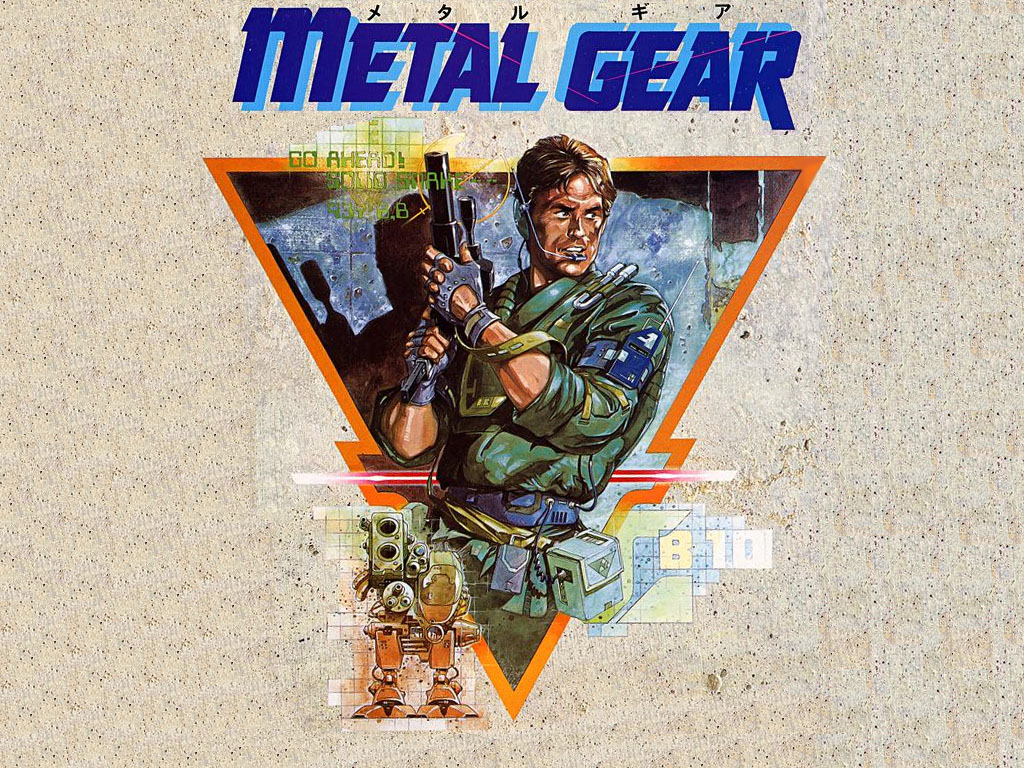
1987 marked the debut of Metal Gear as an IP. Even then, its bold, expansive story pushed the MSX/2 hardware to the limit, and in many ways, broke through its artificial ceiling.
-
Tactical Espionage Action, '80s Style
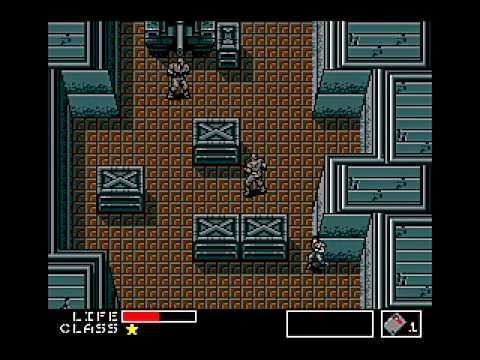
Limited to a top-down perspective, players were tasked with exploring the depths of Outer Heaven, with a few plot twists thrown in just for good measure.
-
Shadow Moses
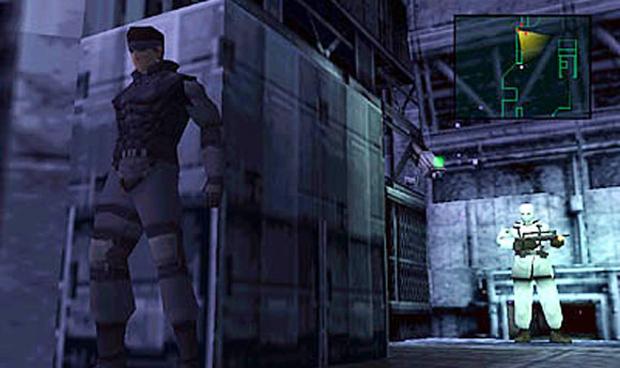
Snake's venture into the bitter-cold Alaskan snow proved to be his defining moment. Shadow Moses exposed the gaming community to a character that would soon go on to become one of gaming's most iconic mascots.
-
One 'Last' Job
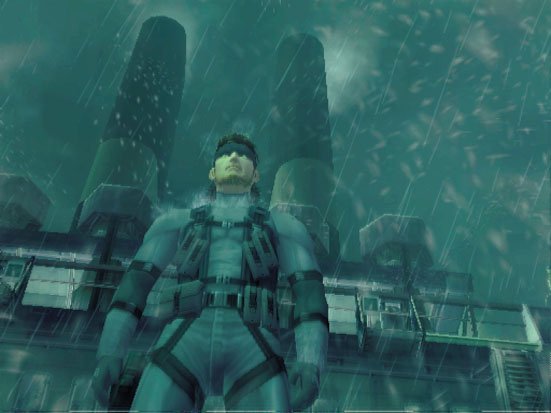
Although Snake would probably refute that claim. Constantly flirting with the idea of retirement, each Metal Gear title often begins with the hero begrudgingly accepting one last mission.
-
Bandana = Infinite Ammo
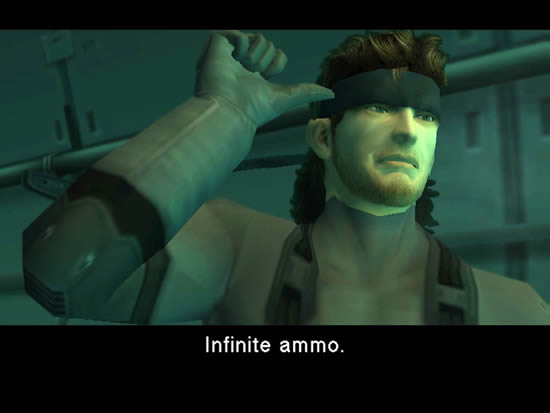
He may have played a smaller role in Metal Gear Solid: Sons of Liberty, but Snake still delivered some of the best lines in the game. When Raiden offered him additional ammo, he grinned, motioned to his famous bandana and revealed the secret behind his seemingly all-powerful headgear.
-
Blast From the Past
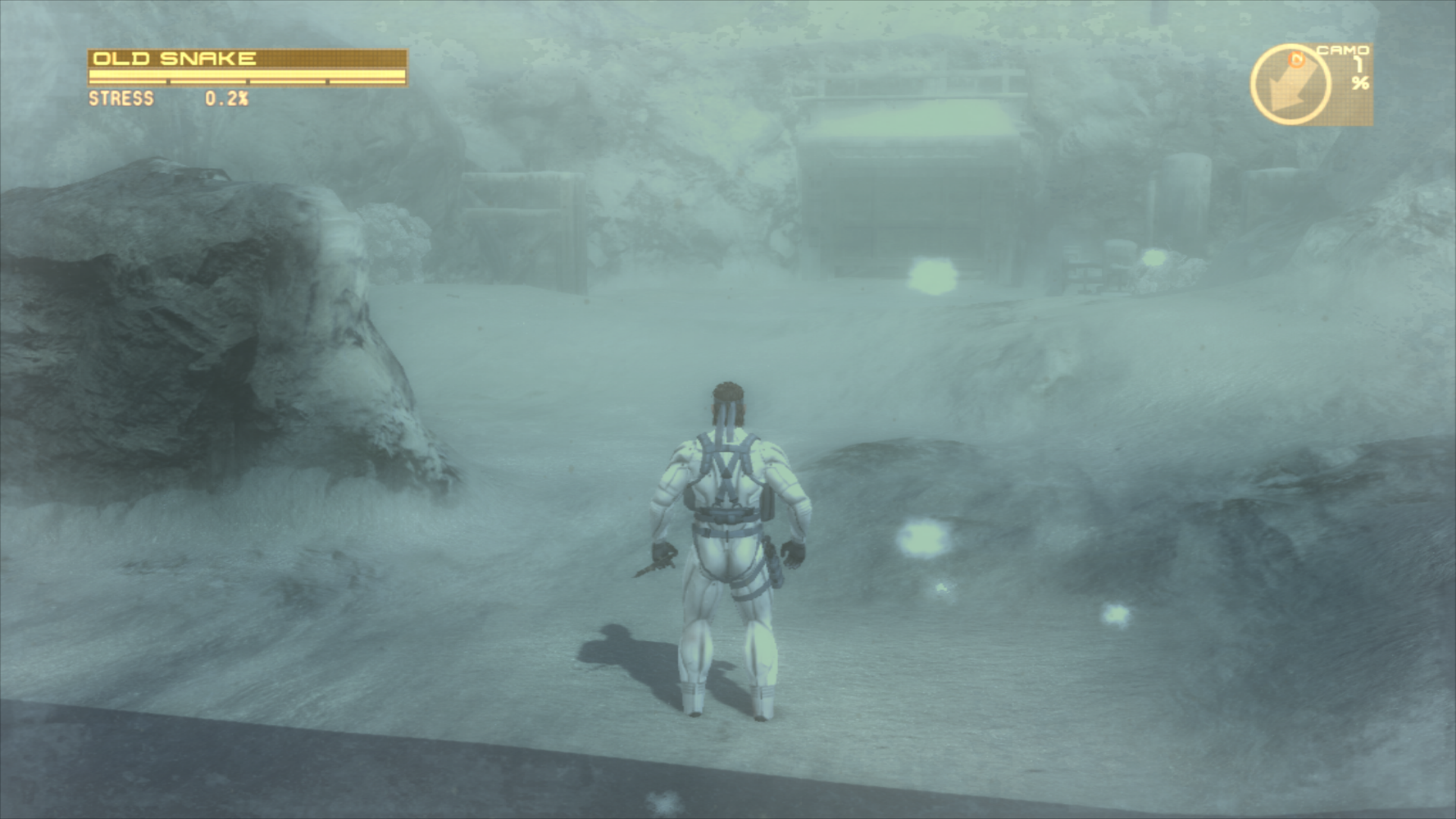
Guns of the Patriots was a visual masterpiece, and an early indication of the processing leap made possible by the PlayStation 3. So, what better way to showcase the console's new-fangled horsepower than rendering the unforgettable Shadow Moses for a walk down memory lane?
-
The Best is Yet to Come?
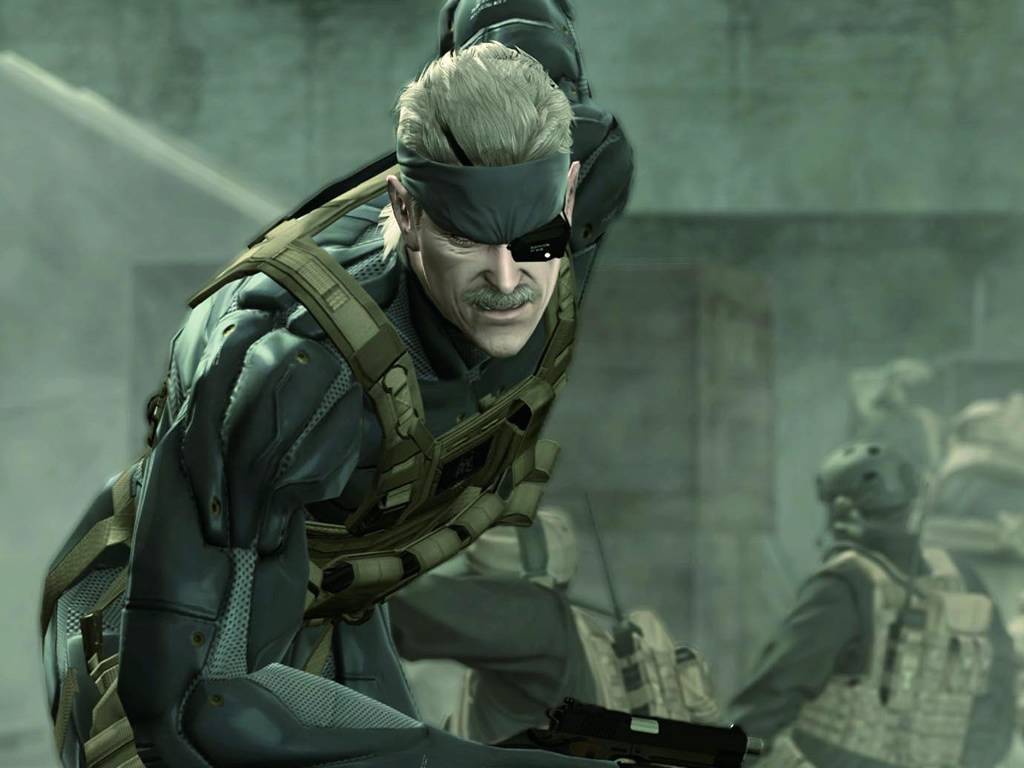
By this stage, Solid Snake is a battle-worn old man, and his (seemingly) final mission had him defeat Liquid and dismantle the Patriots. Konami will likely pursue a new game with the grizzled protagonist at the fore at some point, but could it act as a prequel?
